The exhibition commemorating the 34th anniversary of diplomatic relations between Korea and Hungary features a large retrospective by the French master Victor Vasarely. He hails from Hungary and played a pivotal role in reshaping 20th-century art. This exhibition marks the first showcase of the artist's works in Korea in 33 years since his solo exhibition at the National Museum of Modern and Contemporary Art in 1990. Victor Vasarely, who initially started as a graphic artist and later ventured into fields such as advertising design, abstract art, and public art project development, is represented through a comprehensive collection that spans his career. The exhibition pays homage to Vasarely's life, reflecting on his journey since the landmark 'Responsive Eyes' exhibition at MoMA in 1965, which propelled him into the international realm of Op Art.[1] The title of the exhibition, ‘Responsive Eyes,’ is a direct reference to this significant event in Vasarely's career. In asserting, "One can no longer confine beautiful landscapes or the forms of past generations to paintings. The future of abstract art will evolve toward capturing the universe within our hearts," Victor Vasarely relentlessly challenged established norms until he discovered his unique artistic language and became a pioneer of Op Art. In today's expanding landscape of Korean societal interest in art, Vasarely's desire for innovative ideas resonates, guiding us towards a new world. Despite its apparent simplicity, the exhibition invites you into the powerful and enchanting world of Vasarely's illusionary retinal art.
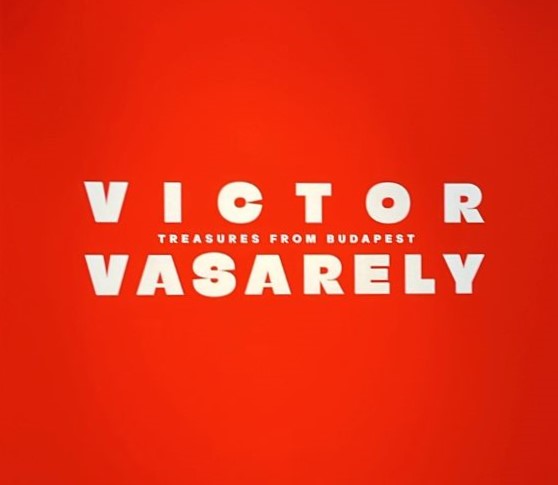
The Art World of Victor Vasarely: The Father of Op Art
Having initially studied medicine, Victor Vasarely embarked on the path of an artist upon enrolling in an art academy. After encountering the works of radical abstract artists[2], he moved to Paris in 1930 and achieved success as a commercial advertising designer. Despite his accomplishments as a designer, Vasarely did not abandon his dream of becoming a painter. He experimented with various techniques to break free from the limitations of mainstream art, eventually discovering his unique artistic language. In his early works, Vasarely's artistic development reflects the profound influence of the Bauhaus, renowned for its pioneering education in design. During the early stages of his artistic career, he conducted research on distinctive colors, as evident in works such as ‘Etude Bleu’ , ‘Etude on jaune’, and ‘Etude Verde’. These pieces showcase compositions of various objects associated with each color, offering a sensory exploration beyond traditional artistic boundaries. For instance, in ‘Etude on jaune’, Vasarely depicts items like sunflowers, corn, lemons, and bananas, all things associated with the color of yellow. The ‘Luctucru Pasta Poster Design’ is a commercial advertising design featuring yellow chicks on a yellow background pulling strands of yellow pasta. The chicks are arranged in a circular pattern, each holding a strand of pasta in their beaks, creating an image where the pasta spreads outward. This intuitive composition cleverly demonstrates Vasarely's influence from his early graphic design education by the Bauhaus curriculum. One of Vasarely's iconic works from 1976, titled ‘Chess in Art’ represents a significant piece in his early Op Art oeuvre. This artwork features the distinctive checkerboard pattern characteristic of Op Art, allowing viewers to discern negative and positive elements within the black-and-white relationships.

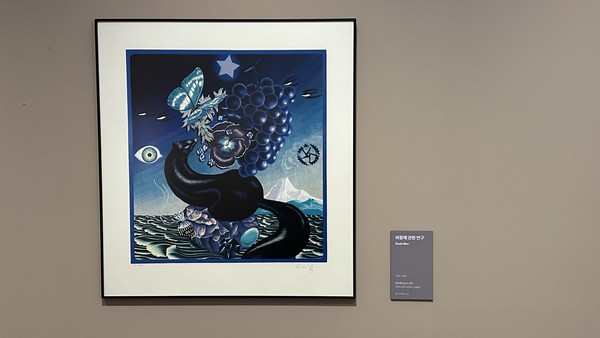
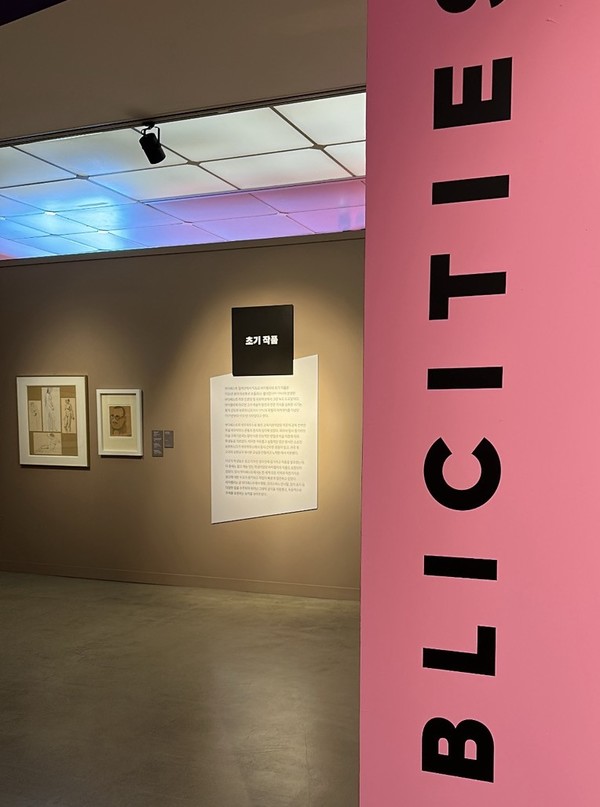
Wrong Roads – Graphic Period, Early Opical Studies
This period, which he himself referred to as a ‘wayward path’, can be considered the transitional phase in Victor Vasarely's artistic career, marked by a sense of confusion in his identity. During this formative period, he boldly experimented with styles such as Cubism, Futurism, Symbolism, and even Informalism[3]. Particularly significant was the time when he met his business partner Denise René in Paris galleries, marking his introduction as a professional pure artist. Influenced by the Surrealist artists in Paris during this time, Vasarely's artistic choices were daring and diverse. Furthermore, this period coincided with Vasarely's systematic exploration of Optical effects, studying color contrast, and the relationship between light and shadow. ‘Zebras’ is one of Victor Vasarely's most popular works, where the absence of shading doesn't diminish the lively portrayal of zebras. Utilizing geometric patterns, the absence of contours is compensated by a vivid representation of two zebras through the use of black and white. This artwork effectively conveys the essence of the zebras without the need for traditional shading.
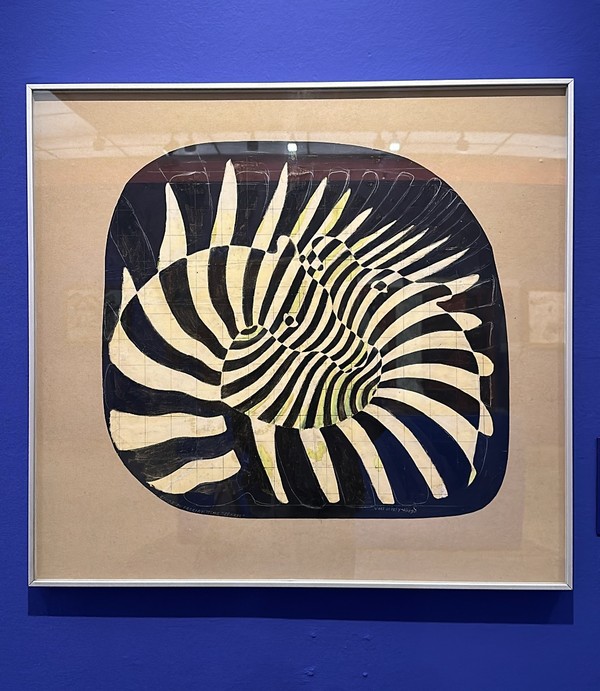
New Structure Through Optical Method
Having gained renown as a prominent figure in Op Art, he pursued geometric abstraction through rigorous compositions. Through subtle changes and illusions fill in the details, his works create the illusion of vibrant movement. ‘Tlinko – F’ is a representative work of the black-and-white era. Upon closer inspection, gray dots seem to appear on a white crossroad, but in reality, nothing is drawn on the canvas. It gives the impression that dots are present at the corners of the squares, but (indeed), they are not actually drawn. The relationship between the squares within the diamond, formed by rotations against a rectangular background, produces an illusion of a swirling vortex, creating a sense of dynamic engagement for the viewer. ‘STRI-OET’ stands as a representative Op Art piece in the Budapest museum, featuring a series of diamonds in various colors forming the shape of four hemispheres. When all measurements are considered, there is a difference of more than ten times between the largest and smallest diamonds. The diamonds gradually decrease in size towards the circular edges, creating an illusion that seems to make the plane rise into three dimensions. This work goes beyond visual illusions, engaging the viewer's perception in a fascinating way. Another noteworthy aspect is that all of these intricate works, producing such visual effects, were crafted entirely by hand. In contrast to the current era where computer graphics and cybernetic art are commonplace, Vasarely never used a computer in creating his art. Instead, relying on a solid understanding of mathematics, he designed geometric form systems to compose his works.
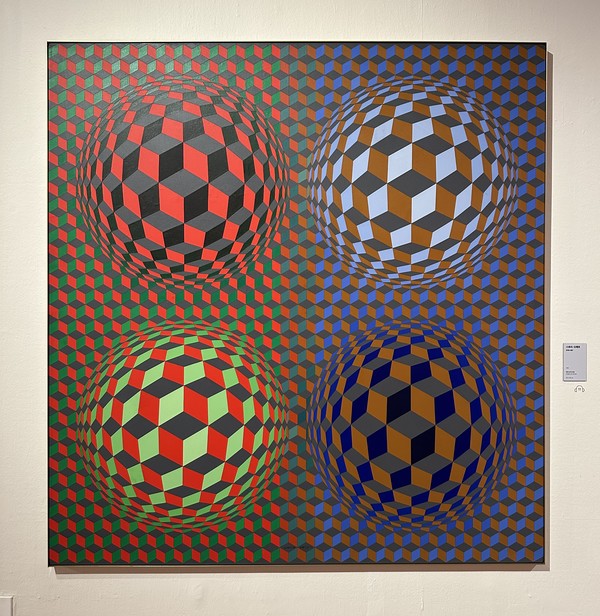

Vasarely believed that strong stimuli reaching the human retina could not only influence human vision but also shape consciousness. Starting in 1953, he began to paradoxically emphasize the importance of reproducibility and replication of artworks. He sought ways to transcend socioeconomic disparities, gender, age, and other limitations, aiming for diverse individuals to appreciate and approach his art. Exploring Vasarely's artistic world, structured around four pillars—square, space, movement, and time—one can feel the solid purity rising from the plane. Inviting you to experience Victor Vasarely's retrospective exhibition, ‘VICTOR VASARELY: The Responsive Eye’, where he communicated with the world through Op Art.
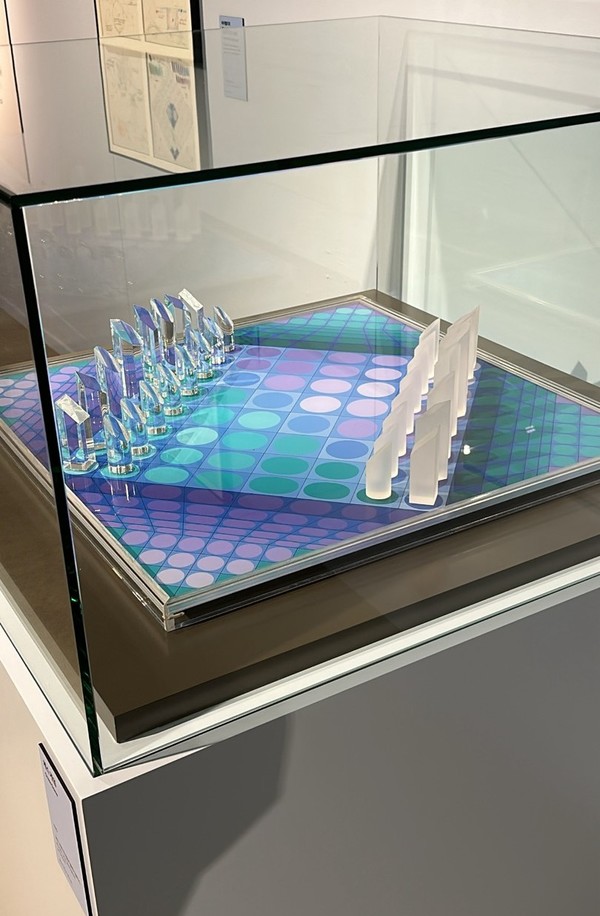
Date: 2023.12.21(Thu.) – 2024.04.21(Sun.)
Place: Seoul Arts Center - Hangaram Art Museum Gallery 1,2
Ticket Price: Adult: 20,000 won / Teenager: 17,000 won / Children: 14,000 won
Running Time: 10:00 – 19:00 (Last Tickets Issued at 18:00 /Closed Every Monday)
SNS: Instagram: @gaudium.associates / KAKAO TALK: Gaudium Art Project
[1] A direction in modern art that does not depict brushstrokes consistently with the experimental traditions of Germany's Bauhaus and the Russian Constructivism. In contrast to conceptual and abstract art, which often involve philosophical or emotional considerations, it is characterized by a pursuit of purely formal effects, devoid of any direct connection to ideology or emotion.
[2] Kazimir Severinovich Malevich, Piet Mondrian, Wassily Kandinsky and etc.
[3] A new art movement emerged primarily in France after the World War Ⅱ, rejecting geometric abstraction and emphasizing spontaneous acts and passionate expressions of artists. This post-war European abstract art movement prioritized the impulsive actions and emotional expressions of artists, deviating from geometric abstraction.

